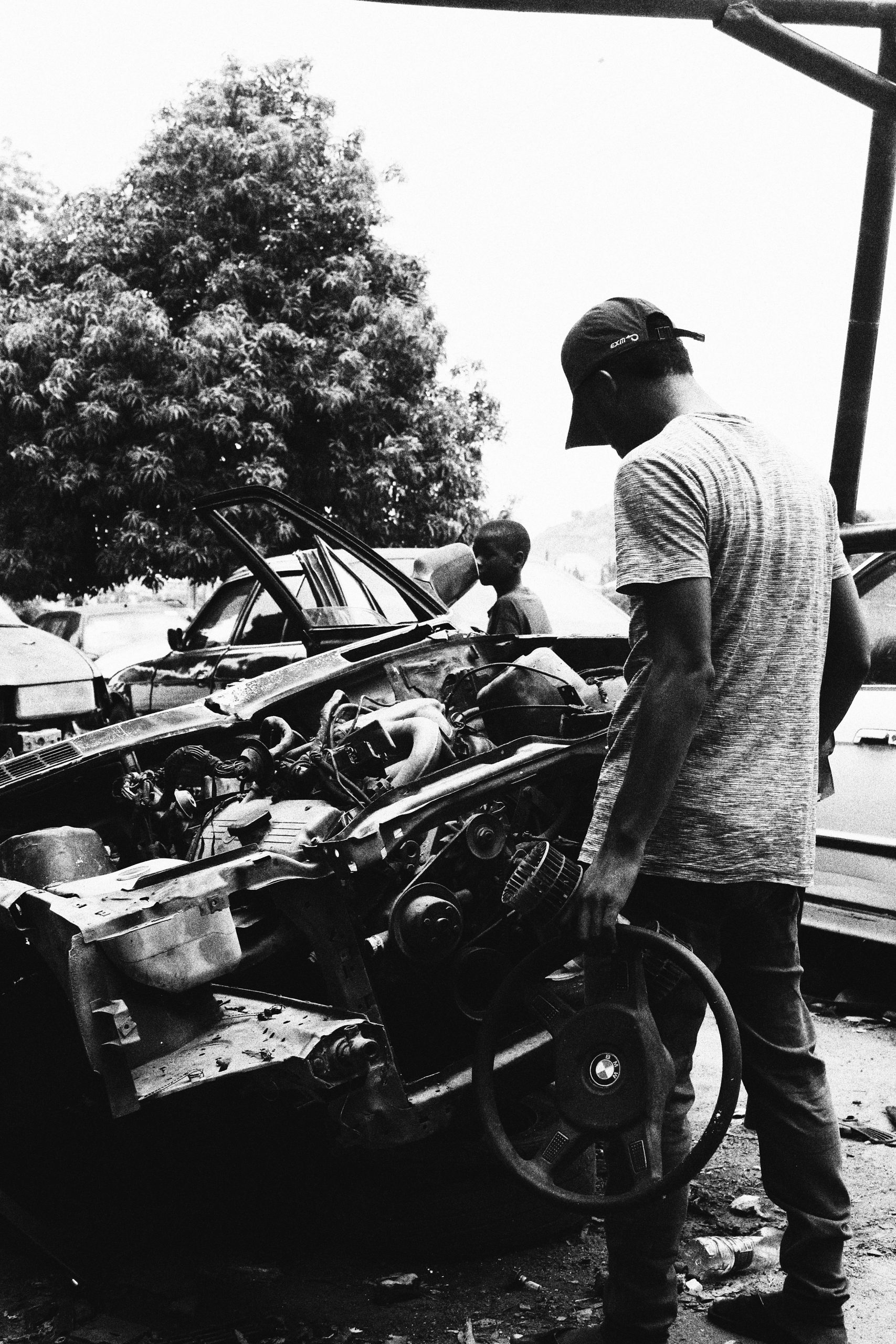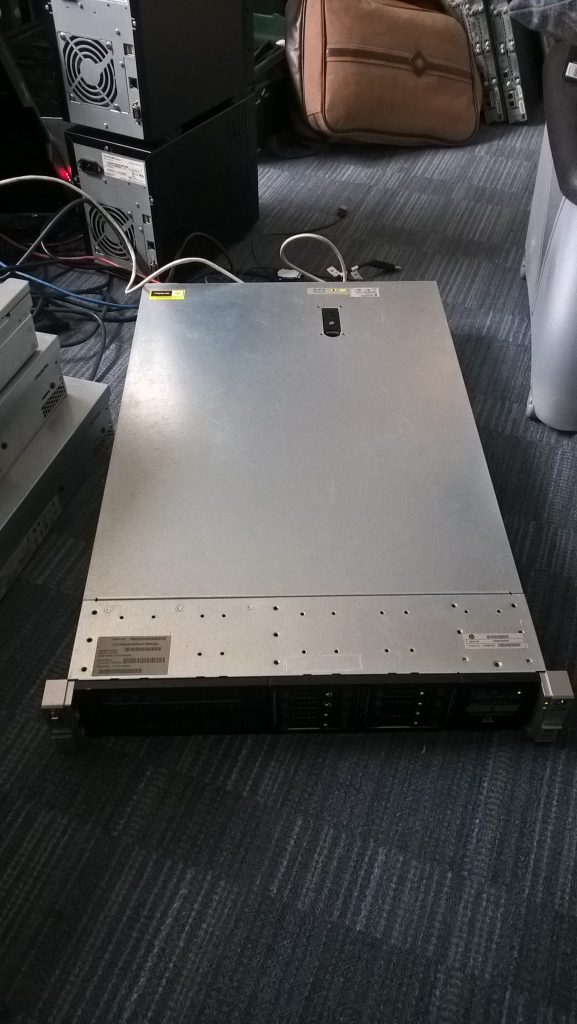The Art of Dismantling Cars at the Junkyard: A Guide for Enthusiasts
Diving into the world of automotive salvage can be a rewarding and informative experience, especially when it comes to dismantling cars at a junkyard. Whether you’re an avid DIYer, a mechanic in training, or simply curious about the process, understanding how to properly take apart a vehicle in a junkyard setting can provide you with valuable skills and insights.
Understanding the Benefits
Dismantling cars at a junkyard not only allows you to salvage useful parts for your own projects, but it also promotes recycling and environmentally responsible practices. By repurposing components, you’re helping to reduce waste and extend the life of valuable automotive materials.
Safety First
Before you begin, it’s crucial to prioritize safety. Ensure you’re wearing protective gear, including gloves, goggles, and sturdy footwear. Familiarize yourself with the specific junkyard regulations and directives, as each facility may have its own rules regarding dismantling vehicles.
Tools of the Trade
Equipping yourself with the right tools is essential for a successful dismantling project. Common tools you’ll need include:
- Wrenches and socket sets
- Screwdrivers (various types)
- Pliers
- A jack and jack stands
- A reciprocating saw (for tougher parts)
Having a comprehensive toolkit will make the process smoother and more efficient.
The Dismantling Process
-
Inspect the Vehicle: Before you even pick up a tool, take a moment to assess the car. Identify which parts are in salvageable condition and prioritize your goals. Are you looking for specific components, or are you interested in a broader dismantling?
-
Remove the Battery: Start with safety by disconnecting and removing the battery. This will prevent any electrical hazards while you work on the vehicle.
-
Drain Fluids: Carefully drain all fluids from the engine, transmission, and other systems. This not only prevents spills but also makes the car lighter and easier to handle.
-
Begin Dismantling: Start by removing the exterior components, such as bumpers and fenders, then move to the interior parts like seats and dashboards. Once these are out of the way, you can tackle engine components and the transmission.
-
Sort and Store: As you dismantle, sort the parts into categories—those you want to keep and those that can be recycled. Storing
Share this content:




Thank you for sharing this comprehensive guide on dismantling cars at the junkyard. It’s always exciting to see enthusiasts approach automotive salvage with safety and efficiency in mind. If you’re planning to undertake this process, I recommend ensuring all safety gear is properly fitted and regularly inspecting your tools for any wear or damage. Additionally, consider consulting with the junkyard staff about specific regulations or recommended procedures to prevent any mishaps. For more detailed instructions or troubleshooting related to specific vehicles or tools, feel free to reach out. Happy dismantling!